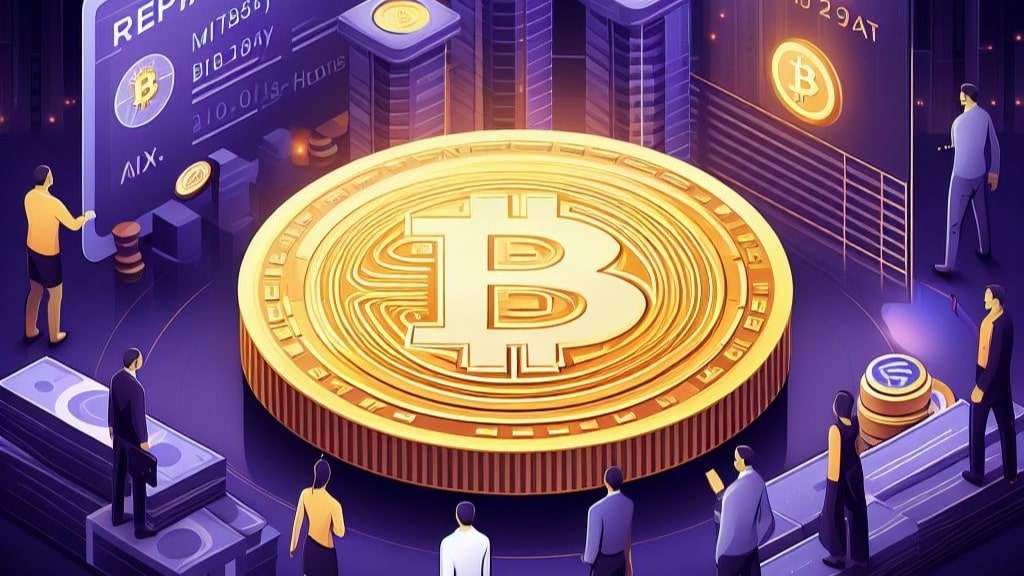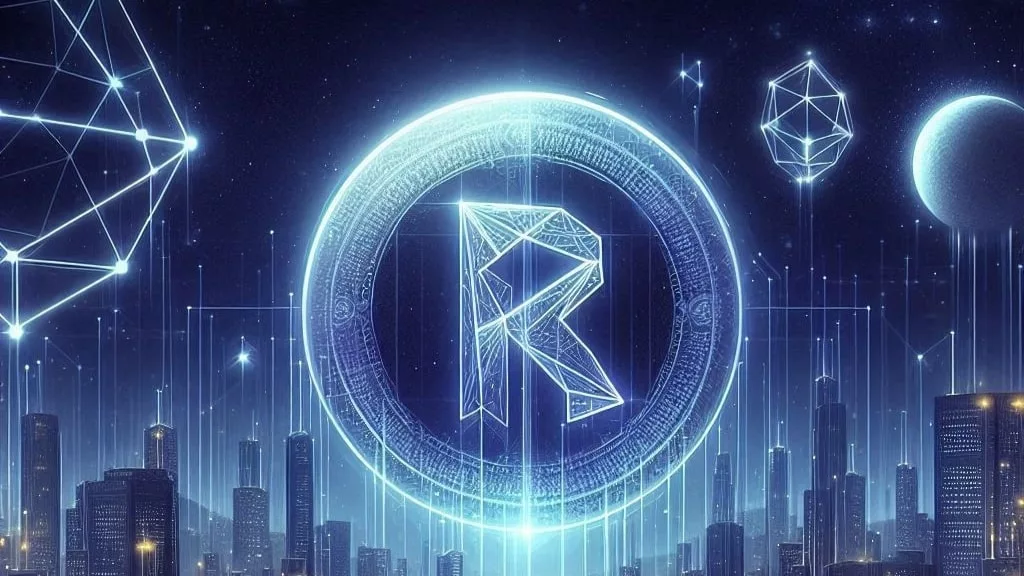
In a surprising turn of events, Nobuaki Kobayashi, the Rehabilitation Trustee for the once-dominant Bitcoin exchange Mt. Gox, has announced an extension of the repayment deadlines for creditors. Originally set for October 31, 2023, the new deadline for the Base Repayment, Early Lump-Sum Repayment, and Intermediate Repayment has been pushed back by a year, with the expected completion date now October 31, 2024.
In a formal statement, Kobayashi explained, “Given the time required for rehabilitation creditors to provide the necessary information, and for the Rehabilitation Trustee to confirm such information and engage in discussions… the Rehabilitation Trustee will not be able to complete the repayments… by the deadline.” However, for those creditors who have promptly submitted their required details, sequential repayments could potentially commence as early as the end of this year.
The decision to extend the schedule arises from complexities surrounding discussions and information sharing with banks, fund transfer service providers, and Designated Cryptocurrency Exchanges, all of which are pivotal to the repayment process. Kobayashi emphasized, “Please note that the schedule is subject to change depending on the circumstances, and the specific timing of repayments to each rehabilitation creditor has not yet been determined.”
This development comes after Kobayashi’s earlier announcement in April of this year, stating that the deadline for creditors to submit repayment data had passed. This marked a significant milestone in the path to repayment for victims of the Mt. Gox hack. While today’s announcement might be viewed by some as a setback, it does signify that the final repayments are drawing closer.
Implications for the Bitcoin Market
The extension of the repayment timeline has led to speculation about its impact on the Bitcoin market. In general, the market appears to be relieved by the deadline extension, though concerns may be overblown.
Under the rehabilitation plan, the Mt. Gox trustee is set to reimburse a total of 141,686 Bitcoin (BTC), 143,000 Bitcoin Cash (BCH), and a substantial 69 billion yen. However, the sheer scale of this reimbursement may not directly correlate with a linear market impact.
Firstly, creditors had the option to choose between receiving repayments in cryptocurrency or fiat until the April deadline. Notably, not all the reimbursed BTC will flood the market simultaneously. As outlined in the plan, “the first 200,000 yen (around $1,520) of each creditor’s claim will be paid in yen.”
Subsequently, for claims exceeding this amount, creditors can opt for 71% in cryptocurrency and the remaining 29% in fiat. This staggered and mixed-format repayment approach diminishes the potential for a large, sudden influx of BTC into the market.
Moreover, it’s crucial to consider the decisions of significant creditors. Bitcoinica and the Mt. Gox Investment Funds, representing approximately 20% of all claims, are noteworthy examples. Notably, the Mt. Gox Investment Fund has expressed its intent, as highlighted in a Bloomberg report, to hold onto their BTC rather than immediately liquidating it. Such decisions by major creditors further reduce the immediate selling pressure on the market.
Market Volatility Mitigation
In summary, while Mt. Gox repayments have long been a topic of interest and speculation in the crypto market, several factors are likely to mitigate the potential for significant market volatility:
As of the time of this report, Bitcoin is trading at $27,084, and market observers are keeping a close watch on developments surrounding the Mt. Gox repayments.
Note: This news analysis is intended to provide insight into the Mt. Gox repayment situation and its potential impact on the crypto market. Market dynamics can change rapidly, so investors are advised to stay informed and exercise caution.



Get the latest Crypto & Blockchain News in your inbox.